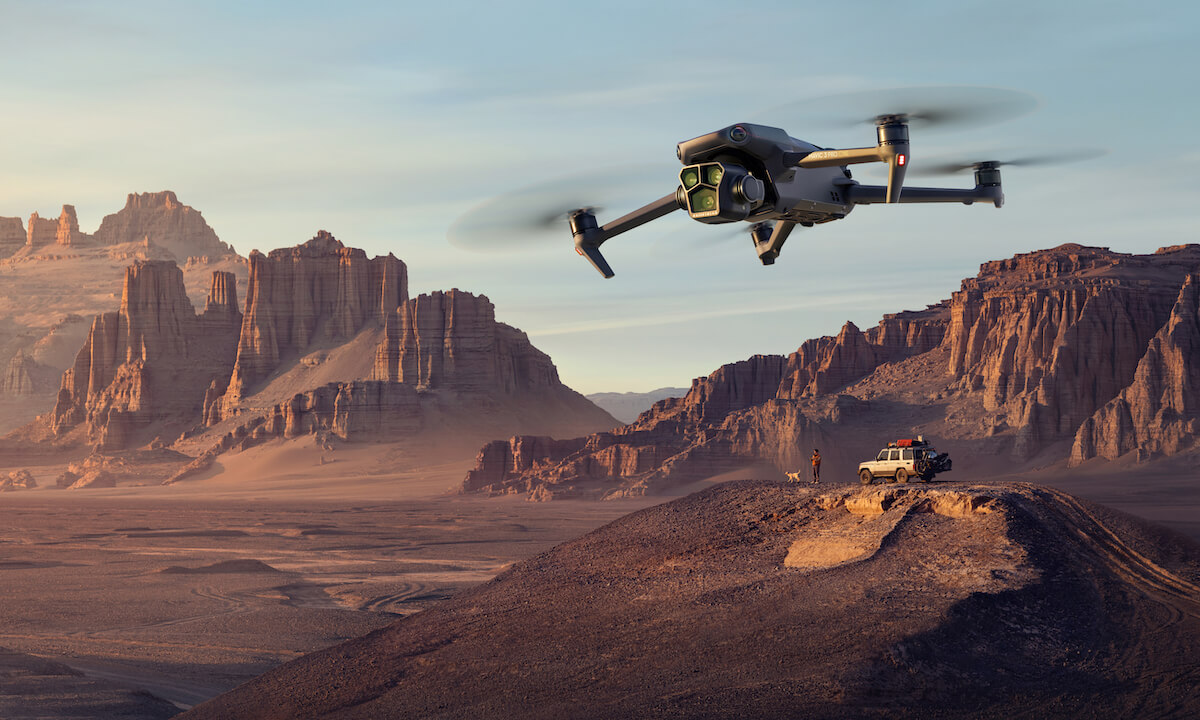In recent years, autonomous drones have captured the imagination of innovators and tech enthusiasts alike, marking a significant leap in technology and its applications. The development of drones that can operate without human intervention is transforming industries ranging from agriculture to cinema. This technological marvel holds the potential to revolutionize how we perceive and utilize aerial devices.
Understanding Autonomous Drones
The term ‘autonomous drone’ refers to a drone capable of performing tasks independently, aided by sophisticated algorithms and AI. These drones can navigate complex environments, make decisions, and act accordingly, all without direct human control. The brain of an autonomous drone is its intelligent software, allowing seamless integration of various sensors and techniques to ensure accurate operations.
Applications of Autonomous Drones
- Surveillance and Security: Companies and governments are leveraging drones for monitoring areas more efficiently.
- Agriculture: Autonomous drones play a pivotal role in crop monitoring, spraying pesticides, and assessing the health of plantations.
- Delivery Systems: Drones are an innovative solution to fast and efficient package delivery, reducing delivery times dramatically.

The potential applications are boundless. As technology evolves, drones could be deployed in emergency medical interventions, wildlife conservation, and even space exploration.
Technological Innovations in Drones
Recent advancements have accelerated the capabilities of autonomous drones. Improved battery life has extended operation times, while GPS and advanced navigation systems provide precision and reliability. Furthermore, machine learning and AI integration have opened doors for self-improvement capabilities within drones, allowing them to adapt and learn from new environments and data continuously.

Leading tech companies are investing heavily in research to enhance drone autonomy, bringing us closer to fully functional systems that operate independently.
One fascinating development is collision avoidance systems, which ensure drones can maneuver around obstacles seamlessly, a feature crucial for urban environments and infrastructural tasks.
The Future Implications
As these drones proliferate, they raise questions about privacy, airspace regulations, and ethical uses. Governments and organizations are urged to establish guidelines ensuring these drones enhance our lives without infringing upon rights or safety.
FAQs
- How do autonomous drones navigate?
- They use GPS, sensors, and advanced algorithms to chart and follow pre-defined paths.
- Are autonomous drones safe?
- Ongoing advancements aim to ensure their safety features are robust, with collision avoidance as a key focus.
- What skills are needed to operate these drones?
- While the operation is autonomous, a basic understanding of drone technology and rules governing their usage is beneficial.